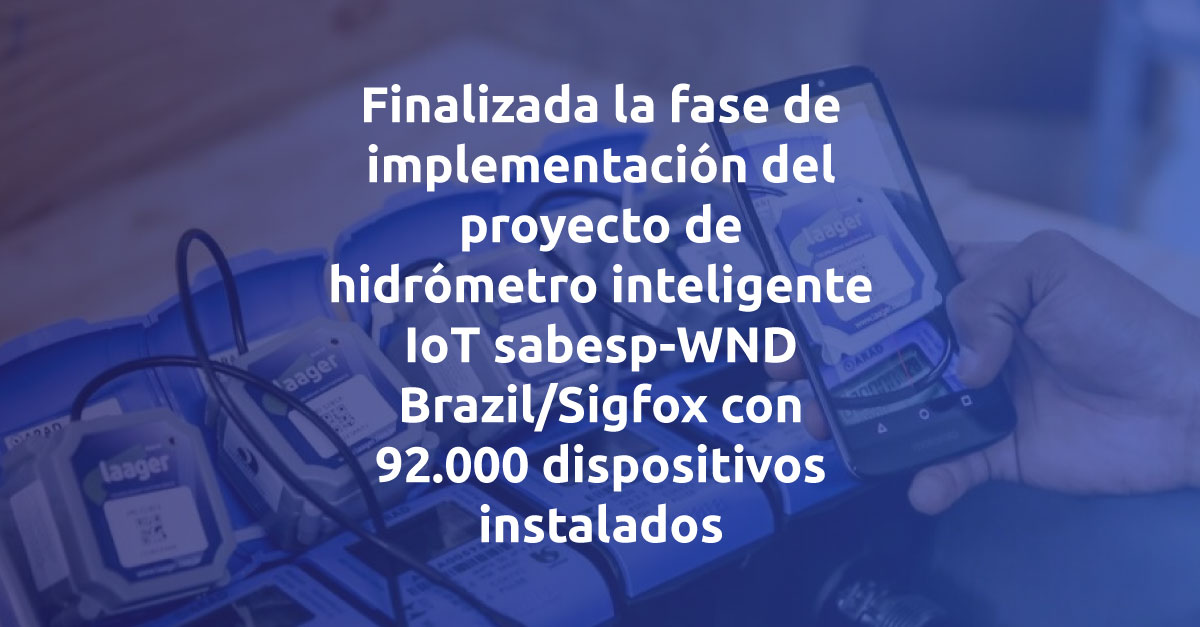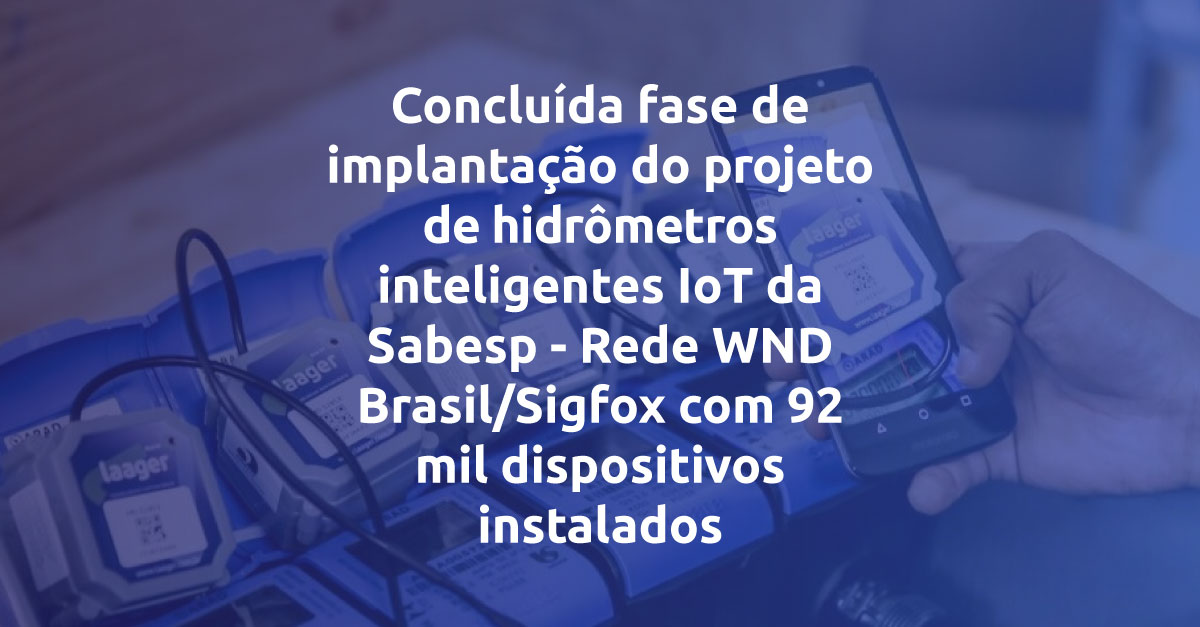For some reason, a lot of commentators seem to revel in trivialising IoT applications. The internet is littered with stories about IoT-enabled cat feeders, smart egg boxes, toasters and the like, which simply serve to undermine the true potential of IoT.
Even allowing for the hype that has accompanied IoT predictions over recent years, the market growth in connected ‘things’ is staggering. Gartner, for example, forecasts that 8.4 billion connected devices will be in use worldwide in 2017, up 31 percent from 2016. The analyst expects this figure to exceed 20 billion by 2020.
In analysing the market, Gartner expects smart meters and applications tailored to specific industry verticals to drive deployment of IoT in business markets through 2017. From 2018, the analyst foresees a shift to cross-industry devices (such as those targeted at smart buildings), as the industry drives connectivity into higher-volume, lower-cost devices.
While consumer IoT devices are growing from a smaller base, it is this class of applications that will drive device volumes for manufacturers from 2020.
So much for IoT market data. It’s compelling application stories that really bring these figures to life. Here are four examples of Sigfox-enabled IoT applications showcasing the kind of innovation that will ensure that forecasts become reality.
Livestock monitoring for improved yield
Tracking livestock movement and location provides farmers with valuable information. For example, farmers can increase milk yields by knowing when their cows are in oestrus. Other sensors can be used to monitor eating and rumination, alerting farmers to any decline in activity that might signal a change in health.
There are numerous, proven ‘agritech’ IoT applications on the market today that farmers are using to monitor their herds. One of the key benefits of using Sigfox for this type of application is its low power consumption, enabling sensors to operate for years on end using a single battery. With almost two million dairy cows in the national herd and farmers under increasing financial pressure to improve the efficiency of their operations, IoT applications like these have huge market potential.
Protecting our bee colonies
Bees are vital to our food chain. Indeed, one third of the food we eat depends on the work of pollinators like honey bees. The economic value of honey bees and bumblebees as pollinators of commercially grown insect-pollinated crops in the UK has been estimated at over £200 million per year.
Sensing the weight and temperature of beehives is helping honey producers to become more efficient and productive, and maintain healthier bee colonies. Sharing live data using Sigfox enables apiarists to prioritise feeding in case of famine, and to harvest the honey at the optimum time. The ability to automate alerts and monitor conditions in the hive remotely helps beekeepers to reduce travel time and costs by avoiding unnecessary visits, and even prevent theft of hives. The collection of data over the longer term also gives beekeepers an insight into ways in which they can increase honey production, either by better husbandry or selecting more productive colonies.
More efficient waste collection
The traditional approach to waste removal is for your waste company to schedule regular collections, whether your bins need emptying or not. Using fill-level sensors enables waste disposal businesses to optimise their collections based on need. This new approach reduces haulage costs, carbon emissions and traffic congestion in cities. By using Sigfox as the IoT network for this type of service, providers can implement added value features such as driver tracking and fraud management.
Sensor and network data costs must be minimised for IoT-enabled waste monitoring to be feasible, which is one of the reasons why service providers targeting this class of applications are turning to Sigfox.
Smarter parking
Many towns and cities are backing urban development schemes that reduce the number of parking spaces in order to discourage car use. Consequently, the cry of “There’s never anywhere to park!” has become an enduring complaint about city life. More than ever today, cities need to better manage the use of the spaces that they allocate to parking.
Sensors for monitoring parking space occupancy measure geomagnetic fields to detect the presence of vehicles. Using the Sigfox protocol enables the use of simple sensors that have a lifetime of up to 10 years using a single battery, and can be installed in the ground in 20 minutes without the use of wires. The sensor uploads information to the cloud, where data is processed and shared with the parking space operator, who can use it to improve parking occupation policies, implement demand-based pricing, control use of spaces by permit holders, and many other benefits. Sharing the information with drivers through smartphone apps can help them find free parking spaces quickly and efficiently.
This small sample of unarguably useful IoT applications are all in commercial operation today. The list of IoT applications that benefit from the Sigfox network is growing daily, including use cases in utilities, industry, automotive and fleet management, retail, cities, health and assisted living, as well as the home.


